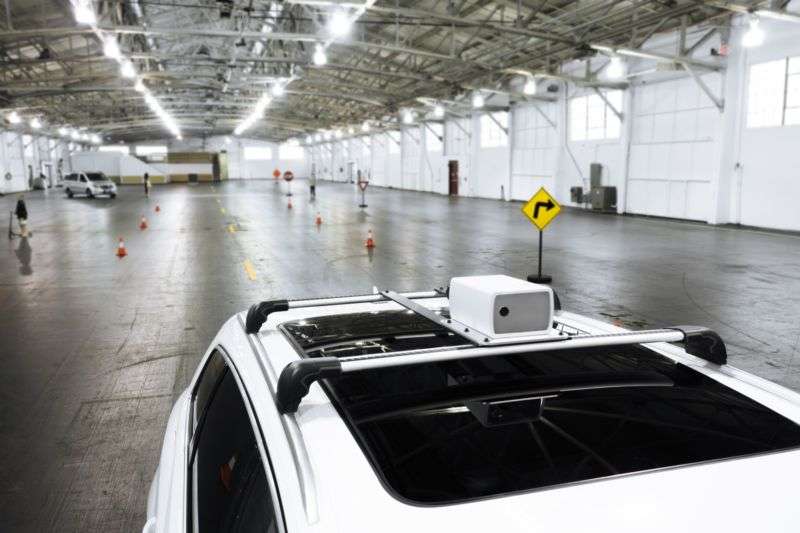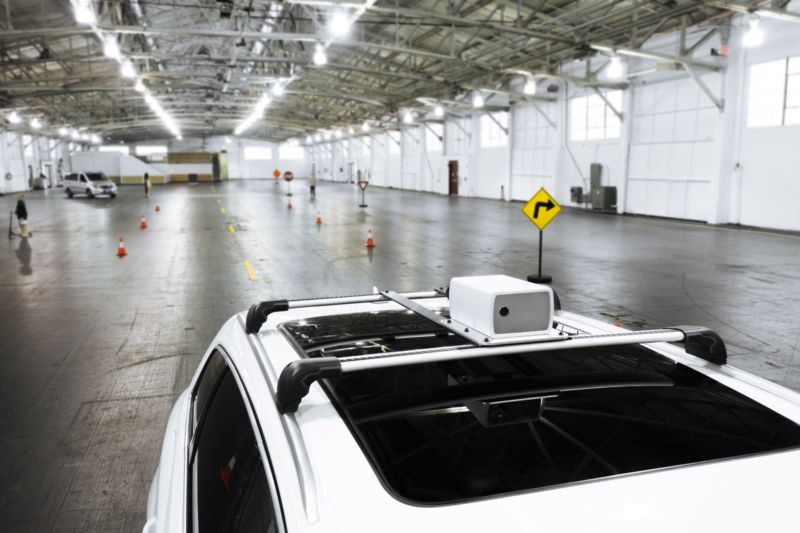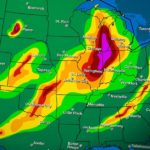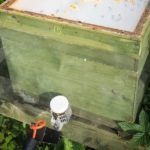
Two Apple veterans built a new lidar sensor—here’s how it works

Enlarge (credit: Aeva)
Founded by two veterans of Apple’s still-secret driverless car project, Aeva is a startup promising a different kind of lidar—one that can measure the velocity of objects in addition to their distance.
We first covered the company when it was profiled by The New York Times a year ago, but at that time not much was known about how it worked. Now Aeva has unveiled its first lidar sensor, giving us a much better understanding of what the company has been working on.
Traditional lidar sensors, like the ones made by industry leader Velodyne, use a simple time-of-flight approach. They send out a brief pulse of laser light and measure how long it takes for the light to bounce back. This round-trip time translates directly into a distance estimate.
Read 12 remaining paragraphs | Comments




